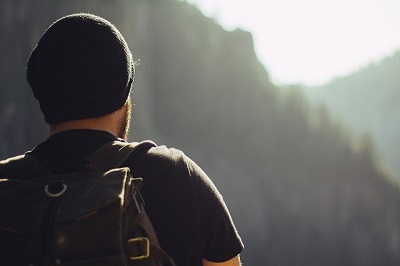Hiking is a great way for people to get some exercise while leaving behind the stresses of life. Whether it’s work or school or relationship problems, hitting a scenic hiking trail can help you forget everything.
However, unlike walking on a paved path, hiking is often more demanding and unpredictable. Hence it’s important that you know what to bring along (a walkie talkie, navigation tools, plenty of food and water…etc.) and the dos and don’ts while you’re traversing the trail.
So without further ado, here are 13 essential hiking tips for beginners:
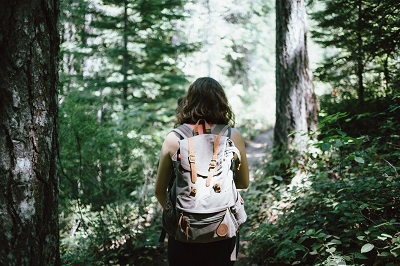
Hiking in elevation and with obstacles is much more strenuous than simply walking on a flat surface. Don’t push yourself too hard if you are a beginner.
1. Don’t Challenge Yourself Too Much
Make no mistake, just because you can walk 10 miles straight on a paved surface, doesn’t necessarily mean you’ll be able to do the same on a trail. The latter is usually more challenging with elevations, descents, twists and even obstacles on the way. As a result it may take more time and energy.
In order to estimate how much time you’ll be spending on the trail, find the total distance and divide it by a speed of 2 miles per hour. Then, you’ll have to figure in an additional hour for every 1,000 feet you gain in altitude.
2. Get To Know The Hiking Trail
Experienced hikers always examine the trail before they set-out, and so should you. Once you’ve got a trail selected, get hold of a map and search online for any reviews and hazard reports concerning it. This will allow you to figure out things like whether the trail loops back or whether you’ll be required to backtrack through it.
You should also try to mark out the safest path on the map and perhaps pick out a scenic location or two that’ll make for great lunch spots.
-
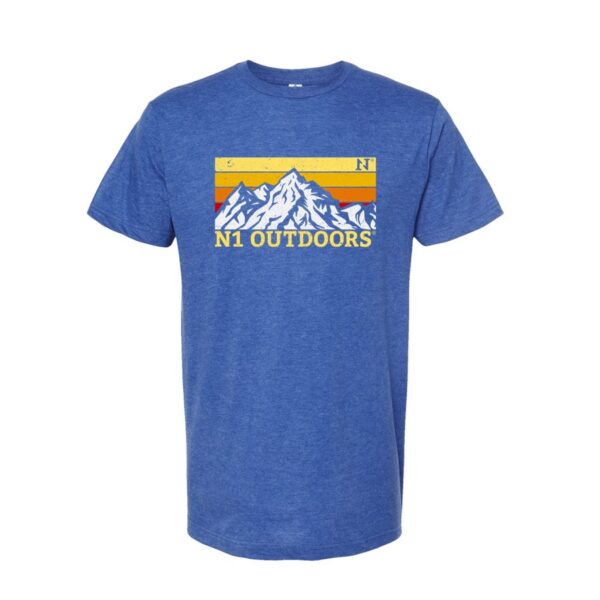
N1 Outdoors® Mountain Colors Tee (Various Colors)
Price range: $24.99 through $28.99 Select options This product has multiple variants. The options may be chosen on the product page -
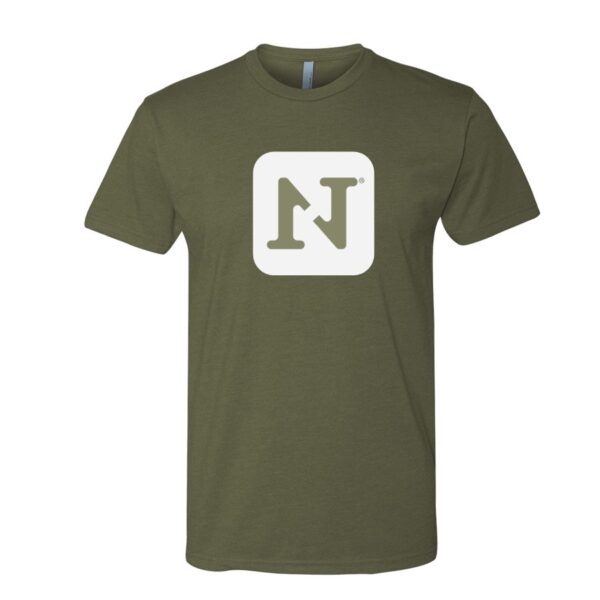
N1 Outdoors® Block Logo Tee
Price range: $22.99 through $24.99 Select options This product has multiple variants. The options may be chosen on the product page -
Sale!
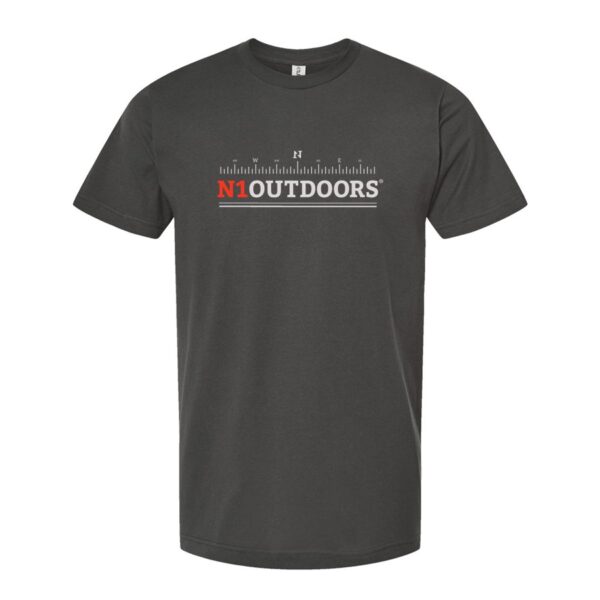
N1 Outdoors® Compass Tee
$9.00 Select options This product has multiple variants. The options may be chosen on the product page
3. Pack The Right Gear
There are so many potential dangers you may come across while hiking. It could be a sudden, extreme turn in the weather. You could even lose your way. Having the right tools can help you effectively counter these dangers.
It’s more helpful to think in terms of systems instead of individual items when you’re packing. For instance, a navigation system that includes all the essential tools for finding your bearings.
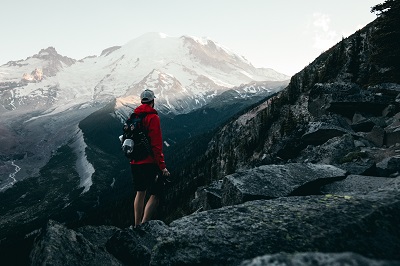
Whether you are a hiking beginner or a seasoned veteran, be sure you take the proper gear for every situation.
Here are the mandatory hiking gear systems you need to take with you on any trail:
- Navigation – this includes a GPS, a physical map and a compass. Don’t just rely on smartphone apps!
- Food and Hydration – bring enough food and water to last for an unexpected overnight stay.
- Shelter – make sure you bring along a small tent in case you have to camp out for a while before you backtrack. Be sure you have appropriate gear to stay warm in it.
- First-aid – this includes things like bandages, gauze, band-aids…etc.
- Light – bring along an LED lamp or a flashlight so you can still find your way around if you’re walking through the night.
- Insulation – It’s going to get colder the higher you climb, so it’s important to try and retain your body heat.
- Communication – a reliable two-way radio is a must-have. It can help you reach emergency rescue services in a pinch and be alerted to oncoming weather changes.
- Campfire tools – if you plan on camping out, you’ll need a campfire to keep warm and even cook your food. This means that waterproof matches, and a fire starter or a lighter can come in handy.
- Sun protection – sunburn is a serious risk if you’re hiking in the summer. So make sure you bring along a bottle of sunscreen and maybe a pair of sunglasses too.
4. Travel Light
Long, high-altitude treks can sap your energy fast. Hence, it’s best not to stuff your backpack with too many heavy items. Whenever possible, always pack travel-sized items.
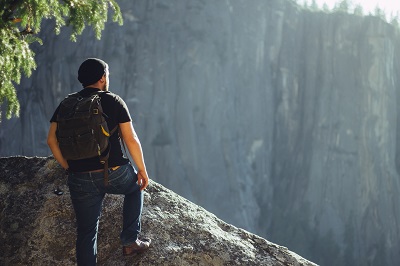
Try to have everything you need for your hike, while also packing as lightly as possible.
5. Pay Attention To The Weather Forecast
Always stay up to date with the weather, even just a few hours before you set out on your journey. This will let you know what kind of clothes to pack and what extra items you may need to bring along. If the weather is going to be particularly terrible, you should strongly consider changing your plans.
6. Inform Someone Before You Go
It’s very important to share your itinerary with a close friend or family member.
Make sure you establish a ‘worry time’, which is the maximum hours of radio silence that a person should tolerate before he/she alerts the proper authorities.
This way, you can still expect help to arrive if you find yourself in danger with no way to reach anyone.
7. Start Your Hike At The Right Time
If you like hiking alone, then the best thing to do is to start as early as possible. The later you start, the more likely the trail is going to end up crowded.
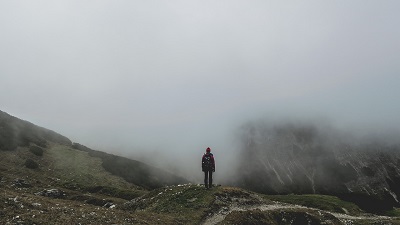
If you like to hike alone, it’s best to start your trek early, before the trail becomes more crowded.
On the other hand, if you like going with other people, check what time is most popular for the trail, and plan to arrive at this time.
Just remember, you might have trouble finding a parking spot if you arrive too late!
8. Dress Properly
You want to dress for comfort, warmth and optimal movement, not to impress other hikers you meet on the way.
That means, first of all, swapping out the sneakers for a good pair of hiking shoes or boots. And don’t forget socks!
While cotton is okay for everyday use, it’s certainly not cut out for hiking. Unlike wool or synthetic fibers, cotton tends to absorb a lot of body heat so you definitely want to avoid wearing cotton socks.
The same goes for clothes too: skip wearing anything cotton. If you’re hiking in cold weather, you’ll want to dress in layers. Base layers are very important, but make sure that they’re not so tight that they cut off blood circulation!
In high altitudes, a windbreaker or a fleece hoodie is most appropriate. You should bring along a warm beanie as well, because we tend to lose most of our body heat through our heads.
-
Sale!

Put A Hook N1™ Offshore TriBlock Leather Patch Hat
Original price was: $26.99.$15.00Current price is: $15.00. Select options This product has multiple variants. The options may be chosen on the product page -

N1 Outdoors® TriBlock™ Duck Leather Brackish Camo Patch Rope Hat
$29.99 Select options This product has multiple variants. The options may be chosen on the product page -
Sale!
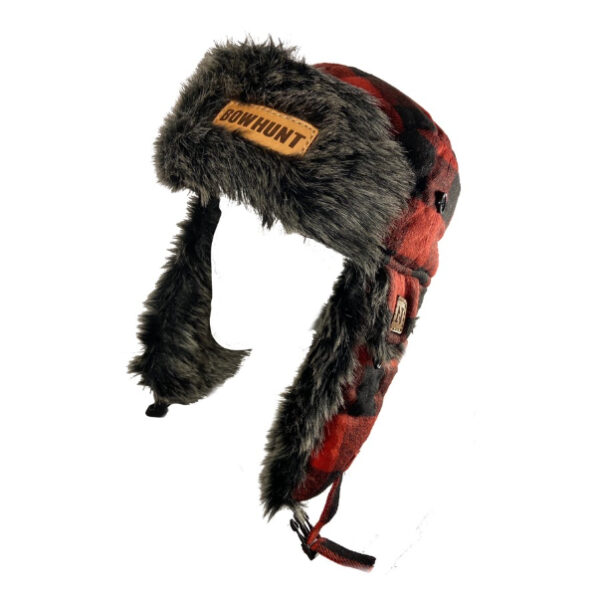
N1 Outdoors® Leather Patch Trapper Hat (Bowhunt design – various patterns)
Original price was: $29.99.$9.00Current price is: $9.00. Select options This product has multiple variants. The options may be chosen on the product page
9. Watch Where You’re Going
Sprained ankles are the most common injuries with hikers. It’s very easy to get distracted by breath-taking scenery on the way, possibly causing you to step in the wrong spot and twist your ankle. Therefore, always watch your feet, especially if there are tons of trip hazards like rocks or roots.
10. Take Your Time
A lot of first-timers start their hike at a really explosive pace and have all of their energy drained halfway through the trail. If you hike this way, you’ll lose tons of body heat very quickly which can make things really uncomfortable.
Always remember: hiking isn’t a race. Take your time, take in the scenery and most importantly: conserve your energy.
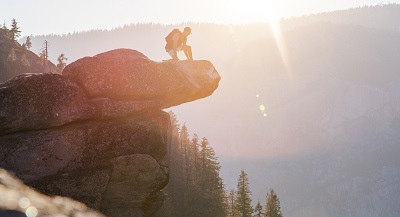
Be sure to pace yourself. You want to have enough energy to finish your hike and see what you came for.
11. Don’t Litter
Hiking trails are for everyone to enjoy, so make sure you don’t dump things like candy wrappers or other waste on the way. Some trails will have garbage bins, but you should still bring your own trash bag for the trip.
12. Learn Proper Hiking Etiquette
Hiking etiquette can prevent you from making a total fool out of yourself or annoying others on the trail. Here are a few important things that you should know:
- · Always make way for those who are going uphill
- Greet other hikers with a simple “hello.” You may want to have a quick chat with back trackers to find out what lies ahead.
- Avoid talking too loudly to your friends or on the cellphones.
- If you’re going to be listening to music, put on a pair of headphones.
- Avoid taking unofficial short cuts; stick to designated paths
- Make way for bikers.
13. Don’t Panic If You Get Lost
Getting lost on a hike is a fairly common thing, especially if you’re on your own.
If you feel like you’re lost, the first thing you need to do is to stop and consult your map. If you figure out where you are, start backtracking until you come across a familiar spot.
Backtracking almost always works, but on the off chance it doesn’t, try yelling out ‘HELP’. If no one answers, it’s time to take out your phone and call emergency services. If you’re out of cellphone range, then your long-range walkie-talkie should help you reach someone.
Conclusion
When the hiking season comes around, it can be quite tempting to throw a few things into your backpack and hit a trail. However, hiking is more than just walking and needs proper preparation. The above tips should help you make the most of your experience and keep you safe on your trek.
Happy hiking!


